Essential Camping Safety Tips
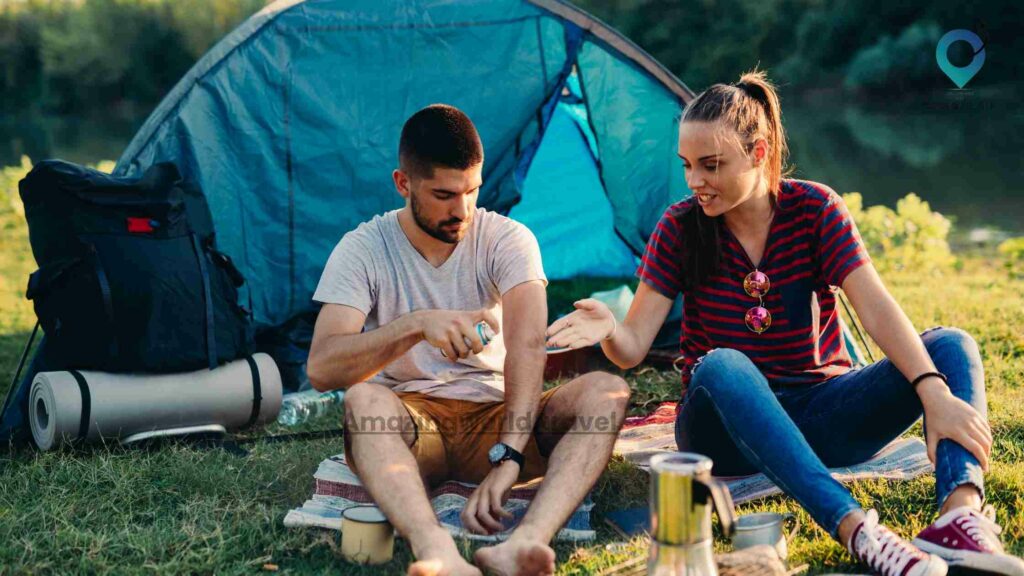
Are you an avid camper seeking the thrill of the great outdoors? Planning your camping expedition can be as exciting as the adventure itself, but it’s essential to strike a balance between enthusiasm and preparedness. In this guide, we’ll walk you through the ins and outs of camping safety, helping you navigate the wilderness with confidence.
Whether you’re a novice camper or a seasoned outdoor enthusiast, understanding the terrain, wildlife, and weather conditions is crucial for a secure and enjoyable experience. Join us as we explore the key elements of safe camping, from choosing the right location to mastering essential gear.
So, lace up your hiking boots, grab your compass, and let’s embark on a journey to make your next camping trip both thrilling and secure.
Planning Your Camping Trip
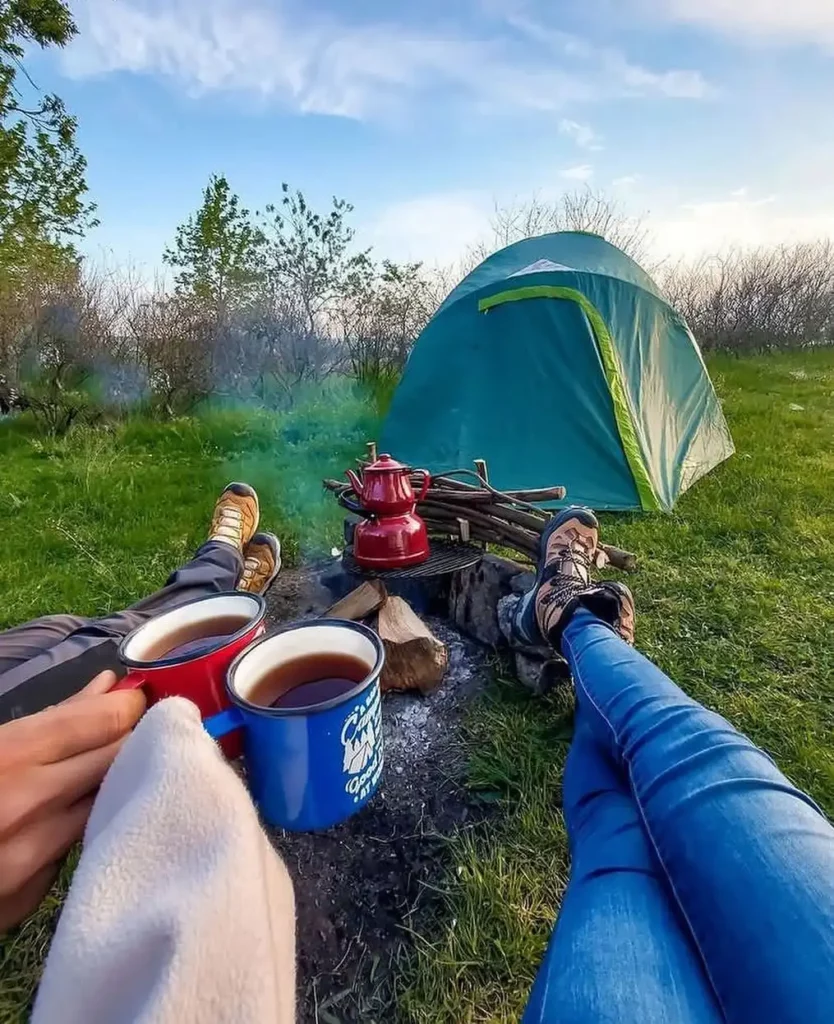
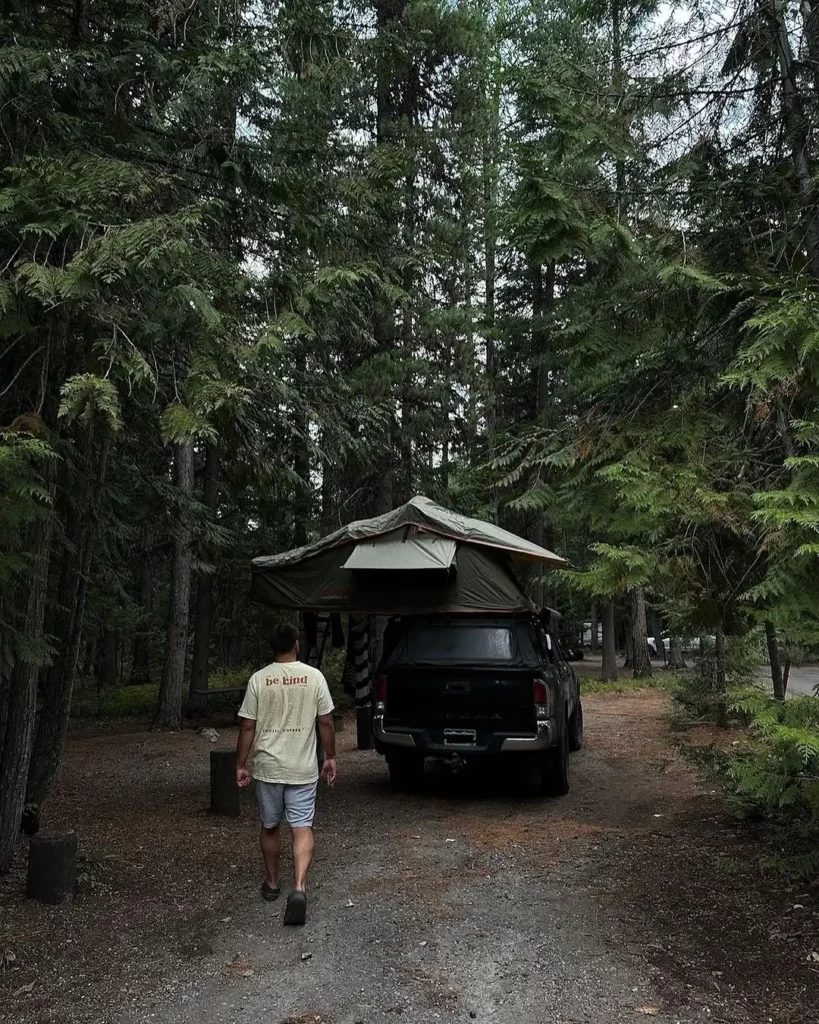
Camping can be a fantastic adventure, but it requires careful planning to ensure a safe and enjoyable experience. Here’s a detailed breakdown of the first step in planning your camping trip: selecting a safe location.
Selecting a Safe Location
Research the Area: One of the first things you should do when planning your camping trip is thorough research of the area you intend to visit. Here’s what you should consider:
- Terrain: Understand the terrain of the camping site. Is it mountainous, forested, or near water bodies? Different terrains offer unique challenges and opportunities for activities.
- Local Wildlife: Research the local wildlife. Are there bears, coyotes, or other potentially dangerous animals in the area? Knowing what to expect can help you prepare and avoid unpleasant surprises.
- Hazards: Identify potential hazards, such as steep cliffs, poisonous plants, or fast-flowing rivers. Being aware of these dangers will allow you to plan your activities and campsite accordingly.
Check Weather Forecasts
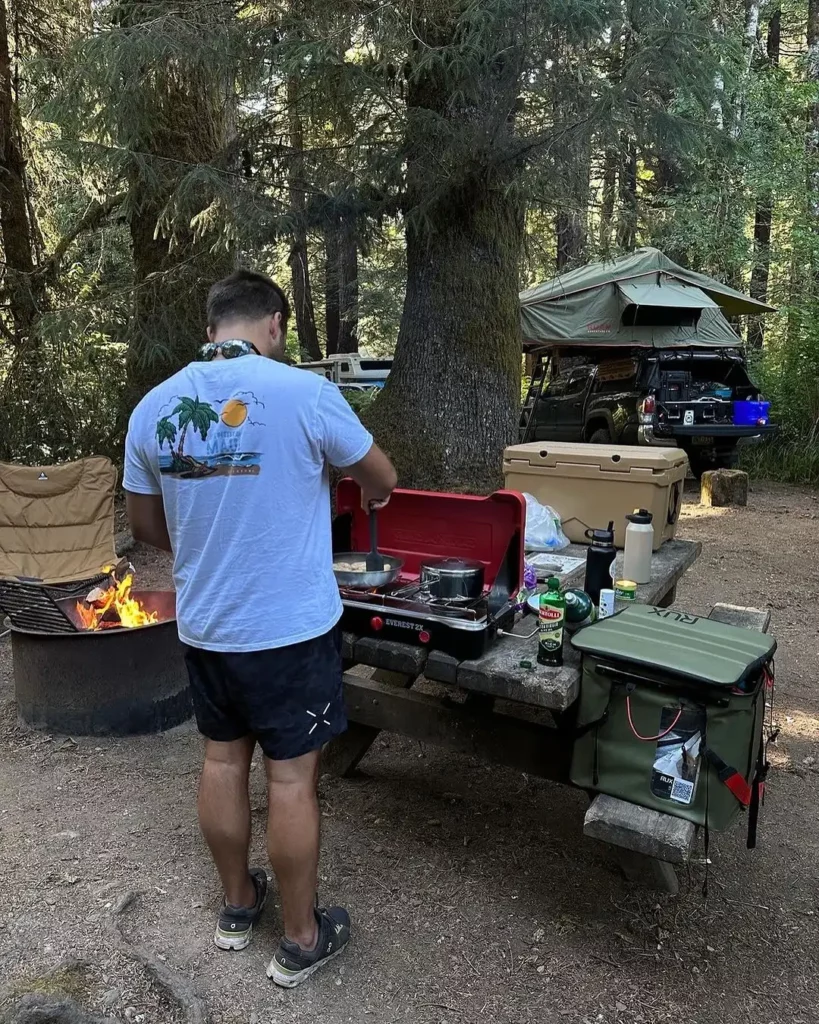

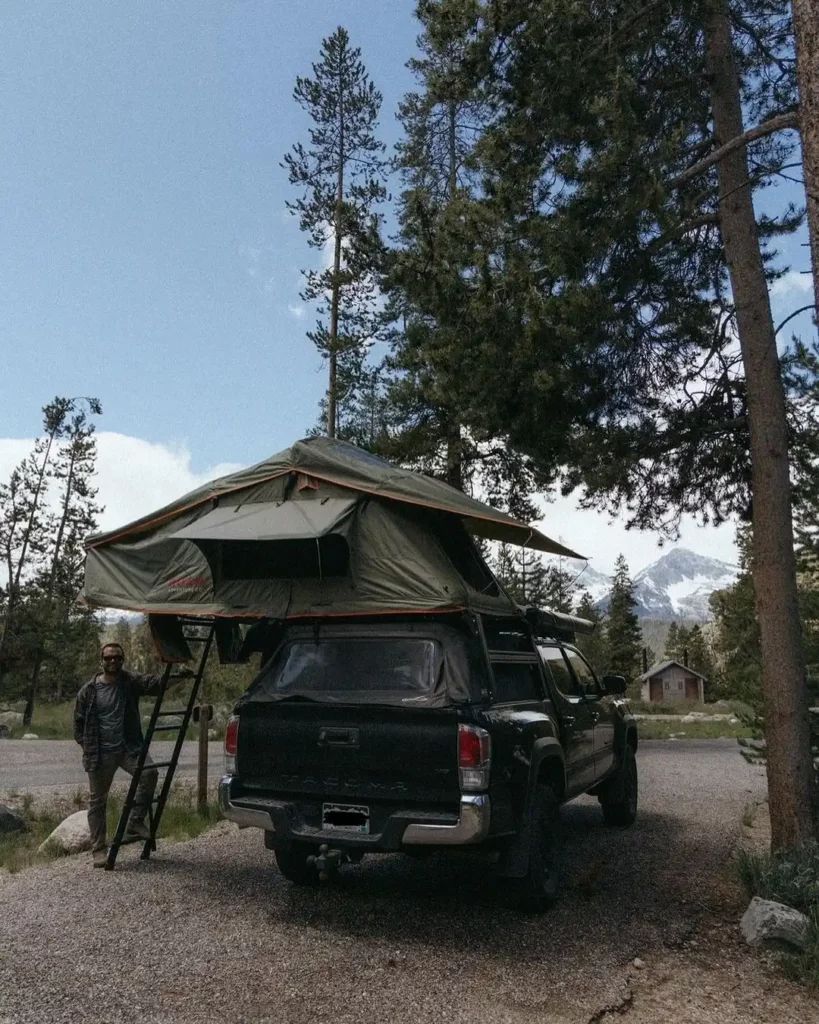
Monitoring the weather is crucial for your safety and comfort during your camping trip. Here’s how to make the most of weather forecasts:
- Duration of Your Trip: Check weather forecasts for the entire duration of your trip. Weather conditions can change rapidly, so staying informed is essential.
- Extreme Weather: Avoid camping during extreme weather conditions, like severe thunderstorms, hurricanes, or extreme cold. Postpone your trip if necessary to protect yourself from dangerous weather.
Share Your Itinerary
Never underestimate the importance of sharing your camping plans with someone you trust. Here’s why it matters:
Emergency Contact: Share your detailed itinerary, including the location of your campsite and your expected return date, with a friend or family member. This ensures that someone knows where you are and when you should be back.
Emergency Response: In case of an accident or unforeseen circumstances, this information will be invaluable for search and rescue teams. It can significantly expedite the response to any emergency situation.
By following these steps in planning your camping trip, you’re taking important initial measures to ensure your safety and the success of your outdoor adventure. Next, we’ll delve into essential gear for safety, another critical aspect of camping preparation.
Weather Considerations

Weather plays a significant role in camping safety and comfort. Being prepared for various weather conditions is essential to ensure a successful and enjoyable camping trip. Here’s a detailed breakdown of how to deal with different weather scenarios:
Rain and Storms:
Waterproof Gear: Camping in rainy conditions can be challenging, but the right gear can make a big difference. Here’s what you should have:
- Rain Jackets: Invest in a quality rain jacket that is both waterproof and breathable. This will keep you dry while preventing moisture from building up inside.
- Tarps or Rain Fly: Use tarps or rain flysheets to create a dry space over your campsite. This will provide protection for cooking and relaxing areas.
Thunderstorms: Thunderstorms can be dangerous when you’re camping. Follow these safety guidelines:
- Seek Shelter: If a thunderstorm is approaching, seek shelter immediately. A sturdy structure like a car or a designated storm shelter is the safest place to be.
- Avoid Tall Objects: Stay away from tall objects, such as trees or metal poles, as they can attract lightning.
Extreme Heat
Hydration: Staying hydrated is critical when camping in hot weather. Dehydration can lead to heat-related illnesses, so follow these tips:
- Drink Water: Carry an adequate supply of clean drinking water and drink regularly, even if you don’t feel thirsty.
- Electrolytes: Consider carrying electrolyte-replenishing drinks or tablets to replace lost salts through sweating.
Sun Protection: Protecting yourself from the sun is essential to avoid sunburn and heatstroke:
- Sunscreen: Apply sunscreen with a high SPF rating to exposed skin, including your face, neck, and arms.
- Sun Hat and Sunglasses: Wear a wide-brimmed hat and sunglasses to shield your face and eyes from the sun’s rays.
Cold Weather
Appropriate Clothing: Camping in cold weather requires proper clothing to stay warm and comfortable. Here’s what you should pack:
- Warm Layers: Dress in layers to trap heat. Start with moisture-wicking base layers, add insulating mid-layers, and finish with a waterproof and insulated outer layer.
- Insulated Sleeping Bag: Invest in a sleeping bag rated for the expected low temperatures. Consider using a sleeping bag liner for extra warmth.
Layering: Layering is key in cold weather. It allows you to adjust your clothing to the changing conditions throughout the day.
Altitude Considerations: Remember that temperatures can drop significantly at higher altitudes, even in warmer seasons. Always check the expected temperature range for your camping location.
By being prepared for different weather conditions, you can ensure your safety and comfort while camping. Appropriate gear and knowledge of how to react to changing weather will make your camping experience more enjoyable.
Essential Gear for Safety

Having the right equipment can make a huge difference in your camping safety and comfort.
First Aid Kit
- Basic Supplies: Your first aid kit should include bandages, antiseptic wipes, pain relievers, tweezers, and any necessary prescription medications.
- CPR and First Aid Training: It’s wise to have some basic knowledge of first aid and CPR techniques.
Navigation Tools
- Maps and Compass: Carry a detailed map of the area and a reliable compass. Familiarize yourself with the terrain and trail markers.
- GPS Device: A GPS device or smartphone with a GPS app can be a valuable backup for navigation.
Proper Clothing
- Layering: Dress in layers to adjust to changing weather conditions. Avoid cotton clothing, which can retain moisture and lead to hypothermia.
- Footwear: Choose sturdy, comfortable hiking boots with good traction for exploring the outdoors.
Setting Up Camp



Where and how you set up camp can greatly impact your safety and the environment.
Campsite Selection
- Distance from Water: Camp at least 200 feet away from lakes and streams to protect water quality and reduce the risk of flooding.
- Flat Ground: Look for level ground to pitch your tent, away from slopes or potential hazards like falling branches.
- Avoid Wildlife Routes: Don’t camp near game trails or animal tracks to reduce the chances of wildlife encounters.
Safe Campfire Practices
- Check Regulations: Ensure fires are allowed in your camping area and adhere to local regulations.
- Fire Ring or Pit: Use established fire rings or pits for campfires, or bring a portable camp stove for cooking.
Food and Water Safety
Properly managing your food and water is essential for maintaining your health and safety during a camping trip. Let’s explore the details of food storage, water purification, wildlife awareness, insect protection, campsite hygiene, and emergency preparedness:
Food Storage
Bear-Resistant Containers: If you’re camping in bear country, it’s crucial to prevent wildlife, particularly bears, from accessing your food. Bear-resistant containers are designed to keep your food secure and protect both you and the bears.
Hang Food: In areas without bear-resistant containers, use the “bear hang” method. This involves suspending your food and cooking gear from a tree branch at least 10 feet off the ground and 4 feet away from the trunk. This prevents bears and other animals from reaching your supplies.
Seal Food: Even if you’re not in bear territory, it’s important to seal all your food in airtight containers. This prevents odors from escaping and attracting wildlife to your campsite, which can be a nuisance and potentially dangerous.
Water Purification
Boiling: Boiling water is one of the most reliable methods of purification. Simply bring water to a rolling boil for at least one minute to kill harmful microorganisms such as bacteria and parasites.
Water Filters: Water filters are effective at removing bacteria, protozoa, and other contaminants. However, make sure your filter is suitable for the water sources in your camping area, as some filters are designed for specific water conditions.
Chemical Treatment: Portable water purification tablets or drops can be used as a backup method to treat water. Follow the manufacturer’s instructions for dosage and wait times to ensure water safety.
Wildlife Awareness
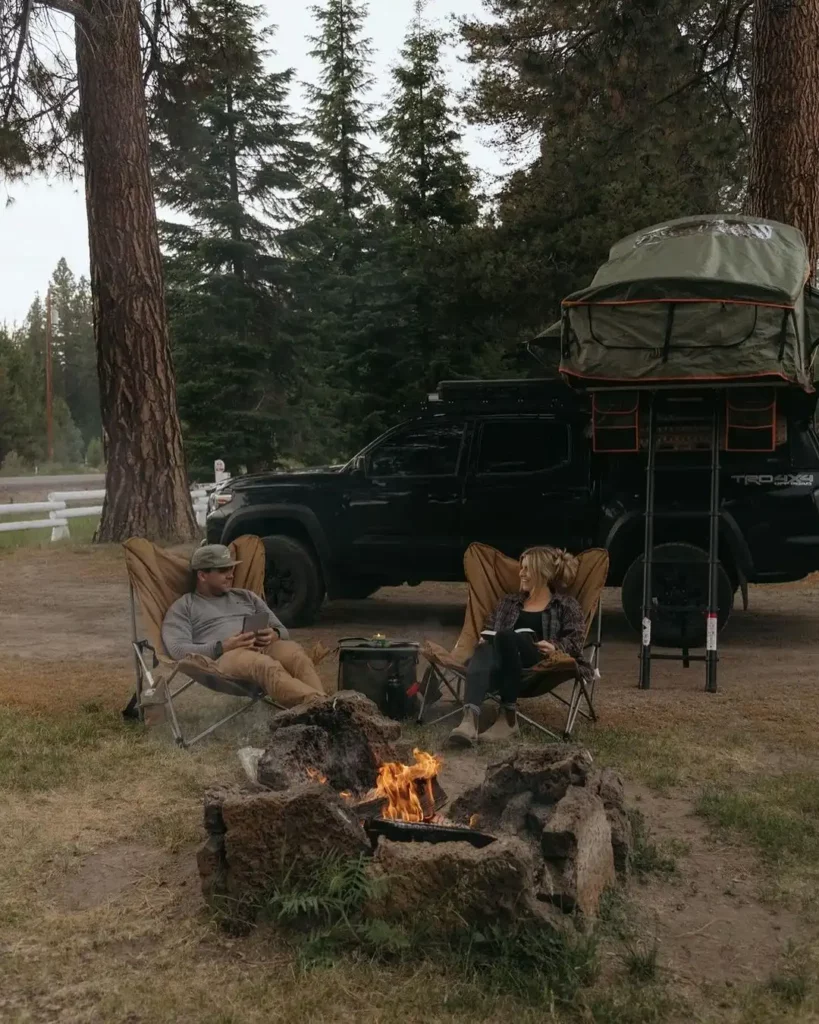

Encounters with wildlife can be both thrilling and potentially dangerous. Being informed and prepared is crucial to ensure your safety and the well-being of the animals.
Bear Safety
Bear-Proofing: If you’re camping in Bear Country, proper food storage is essential. Store food away from your sleeping area to avoid attracting bears to your tent. Using bear-resistant containers or bear-proof canisters is highly recommended.
Bear Spray: Carry bear spray, which is a specially formulated deterrent, and know how to use it in case of a bear encounter. Bear spray can deter a charging bear and give you time to retreat to safety.
Make Noise: While hiking in Bear Country, make noise to alert bears to your presence and reduce the chance of startling them. Most bears will avoid humans if they know you’re coming.
Insect Protection
Repellents: Use insect repellent on exposed skin and clothing to ward off mosquitoes, ticks, and other biting insects. Look for repellents containing DEET or picaridin for effective protection.
Protective Clothing: Wear long sleeves, long pants, and a hat to minimize skin exposure to insects. Tucking pants into socks and using insect head nets can provide additional protection.
Conclusion
Camping, while promising exciting outdoor adventures, requires meticulous planning to guarantee both enjoyment and safety. One of the foundational aspects of a successful camping trip is selecting the right location. This involves researching the terrain, local wildlife, and potential hazards, allowing campers to prepare adequately for the unique challenges presented by their chosen setting. Monitoring weather forecasts is equally vital, as it ensures campers are ready for the unpredictable forces of nature, whether it’s rain, storms, extreme heat, or cold temperatures.
Moreover, having the appropriate gear can significantly enhance camping safety and comfort. This includes essentials like a well-equipped first aid kit, navigation tools, and suitable clothing to adapt to changing weather conditions. Choosing a suitable campsite, one that is away from water bodies and potential hazards is essential to minimize risks.
How much did you like Our detailed Camping Safety Tips: Your Guide to a Safe and Enjoyable Outdoor Adventure? Review Also, please share these Blogs with your friends on social media.
Related Article –
- Road Trip With Kids
- Cinematic Travel Videography
- Sunset Photography
- Vintage Travel Photography
- Camping vs Glamping
- Luxury Glamping 101

Meet David Hoper, a passionate travel Blog writer with 7+ years of experience in travel content. Through his exemplary storytelling and engaging narratives, he shares his experiences and brings destinations to life. With a keen eye for detail and a love for exploration, he has cultivated a diverse portfolio of travel blogs that inspire and inform readers worldwide.




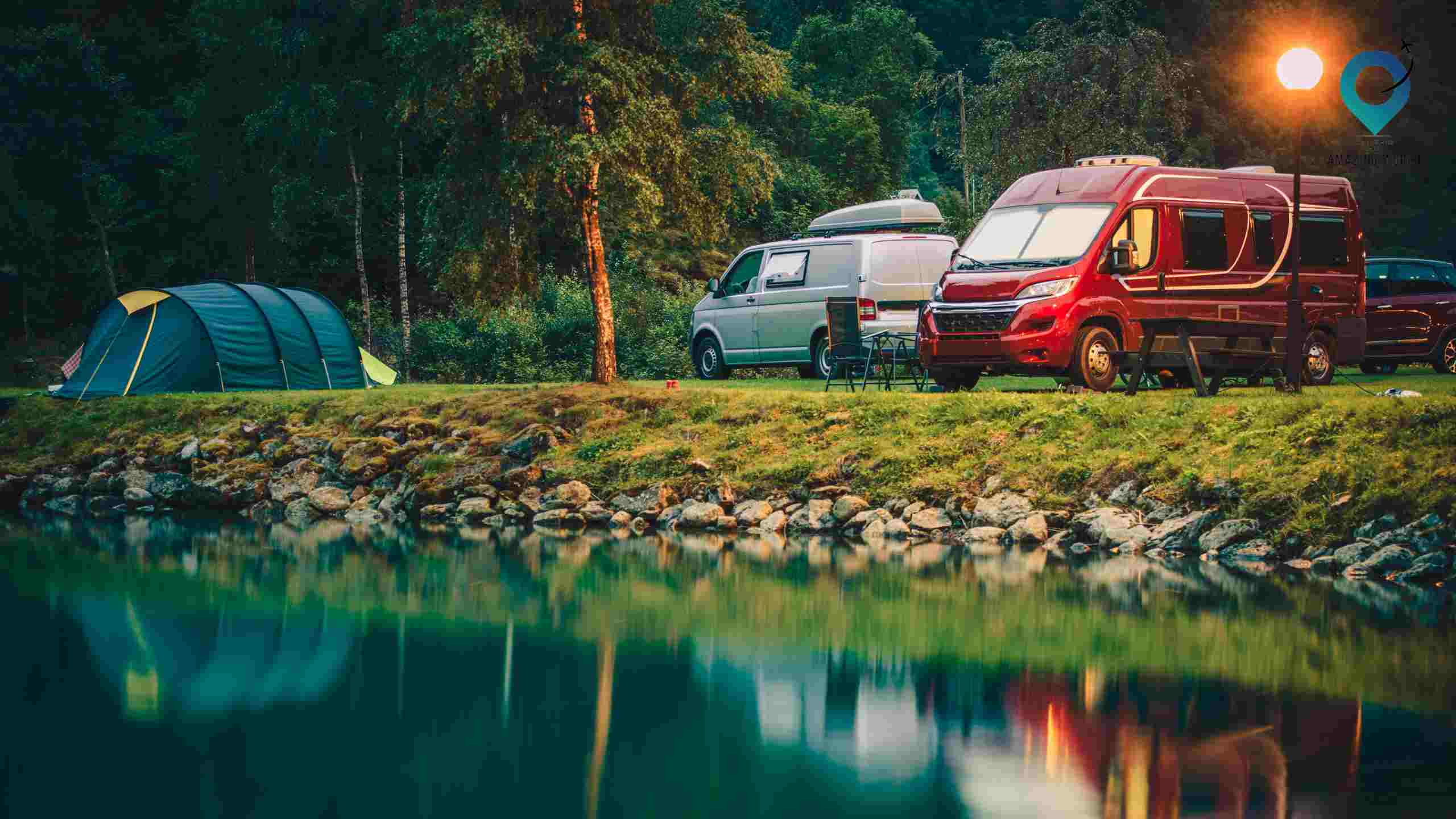

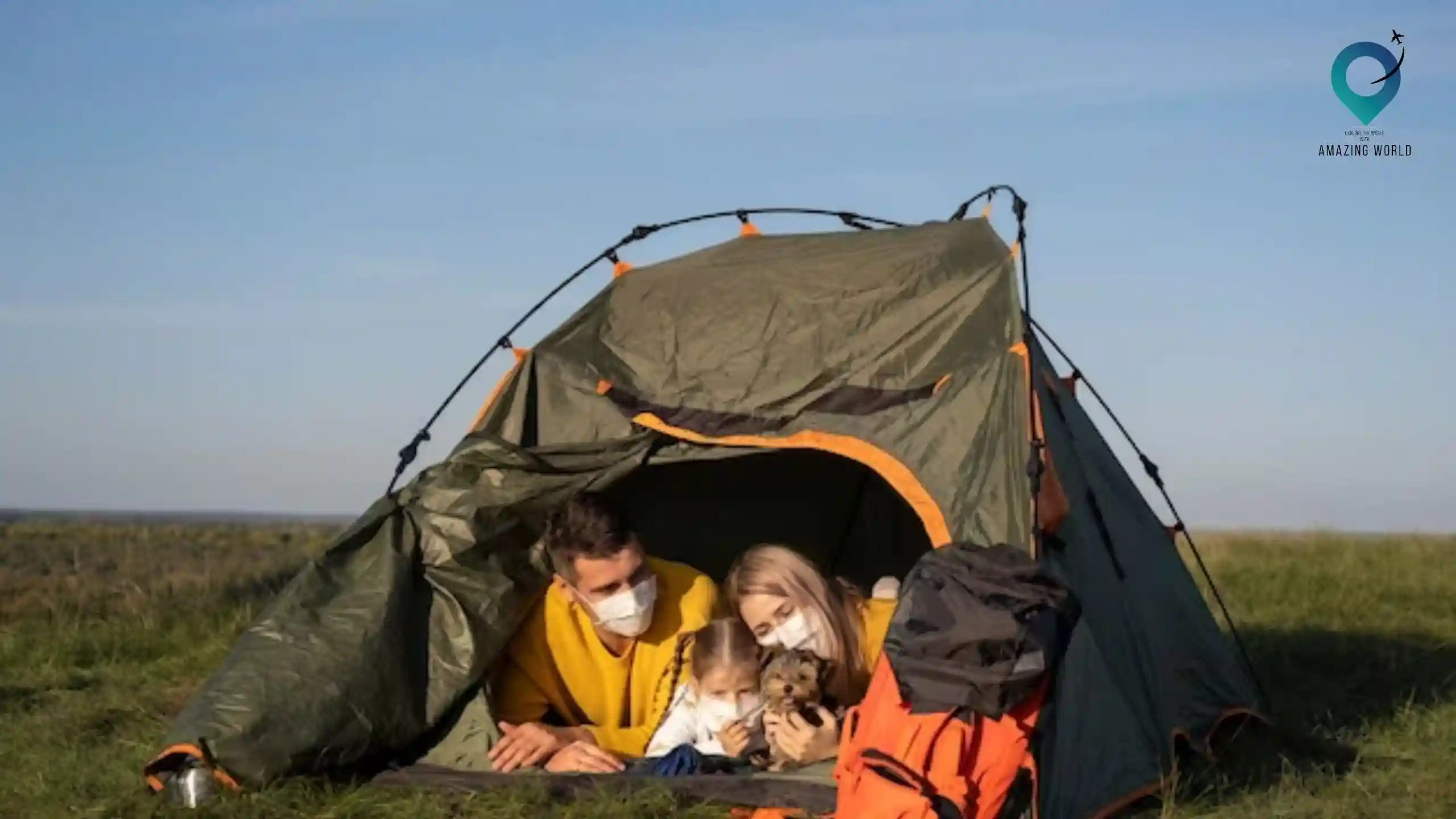


1 comment